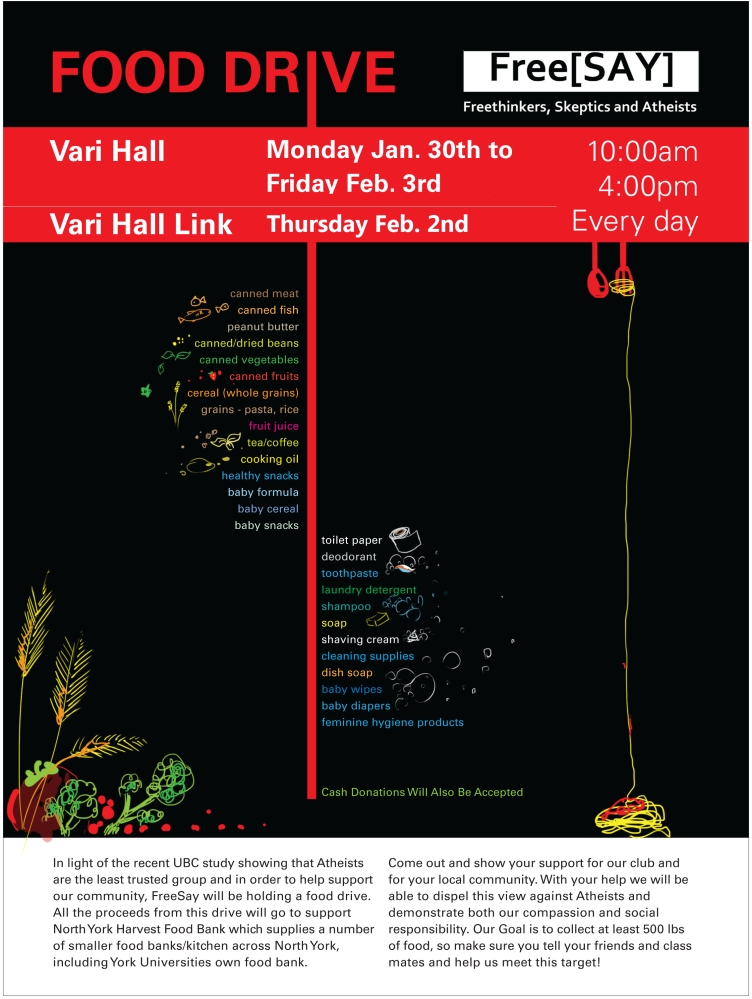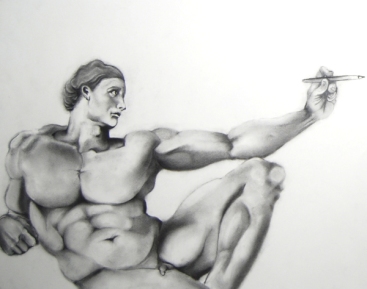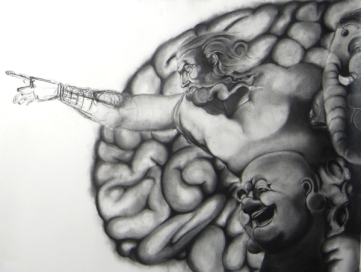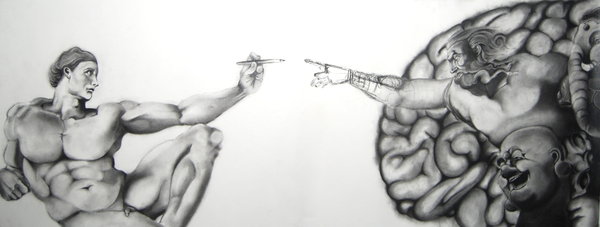I remember a while back during one of my courses, I got into a heated discussion with a professor about the wearing of the Muslim veil. Needless to say my colleagues were surprised to hear that as a former Muslim I opposed the Muslim head scarf (the burka, hijab, and niqāb).
For its entire mystique the Muslim head scarf, in all its form, is nothing more than male ownership of female sexuality. Little do western observers realize that often the choice between the wearing of the hijab and not wearing it comes down to severe physical harm. Instead, it is assumed that women who wear the veil do so of their own volition.
And while this may be true in some instances, the concept of choice can only be used as a valid reason in the context of an environment free of medieval sexual apartheid. Consider this, currently in the Islamic republic of Iran the penalty for not wearing the veil correctly is seventy-five lashes. The lashes are sometimes administered publicly for the purpose of discouraging others from following suit. Similarly In Saudi Arabia (the birth place of Islam and home to its holy shrines) the punishment can be as severe as beheading by sword.
We also hear Muslims and their defenders espouse the concept of modesty, often perversely citing examples of sexual assault on women whom dress provocatively as evidence of the hijabs necessity. But this line of argument assumes that women who dress provocatively are asking to be assaulted and further whitewashes the fact that in cases involving women that have been raped and assaulted in a Muslim country the women are sentenced to stoning while men pay a mere fine.
It is important to also consider the hijab to be more than a religious obligation. This is especially true of women who wear the head covering in western countries. Immigration is a traumatic and emotional experience. It is often the case that as immigrants we find comfort in familiar customs that not only distinguish us from the rest of society but also gives us a sense of communal solidarity.
The western observer should be weary of assumptions behind the wearing of the veil. There are many women around the world to this day that struggle against sexual oppression in places like Iran and whose rights have been ignored for sake of medieval traditions. Whatever the politically correct view may be, the Muslim head scarf is a form of sexual repression whose sole purpose is to validate male ownership (father, husband etc) of a women’s body and “honor”. There are many women around the Muslim world that would relish the opportunity to dress as they please, and would only dream of not being harassed because of the way they dress themselves. It irks me to see women in Canada “choosing” to wear this medieval costume, knowing that there are women elsewhere who are being severely harmed because they “choose” not to wear it. To me, this is akin to a freed slave wearing a slave collar proudly!
















